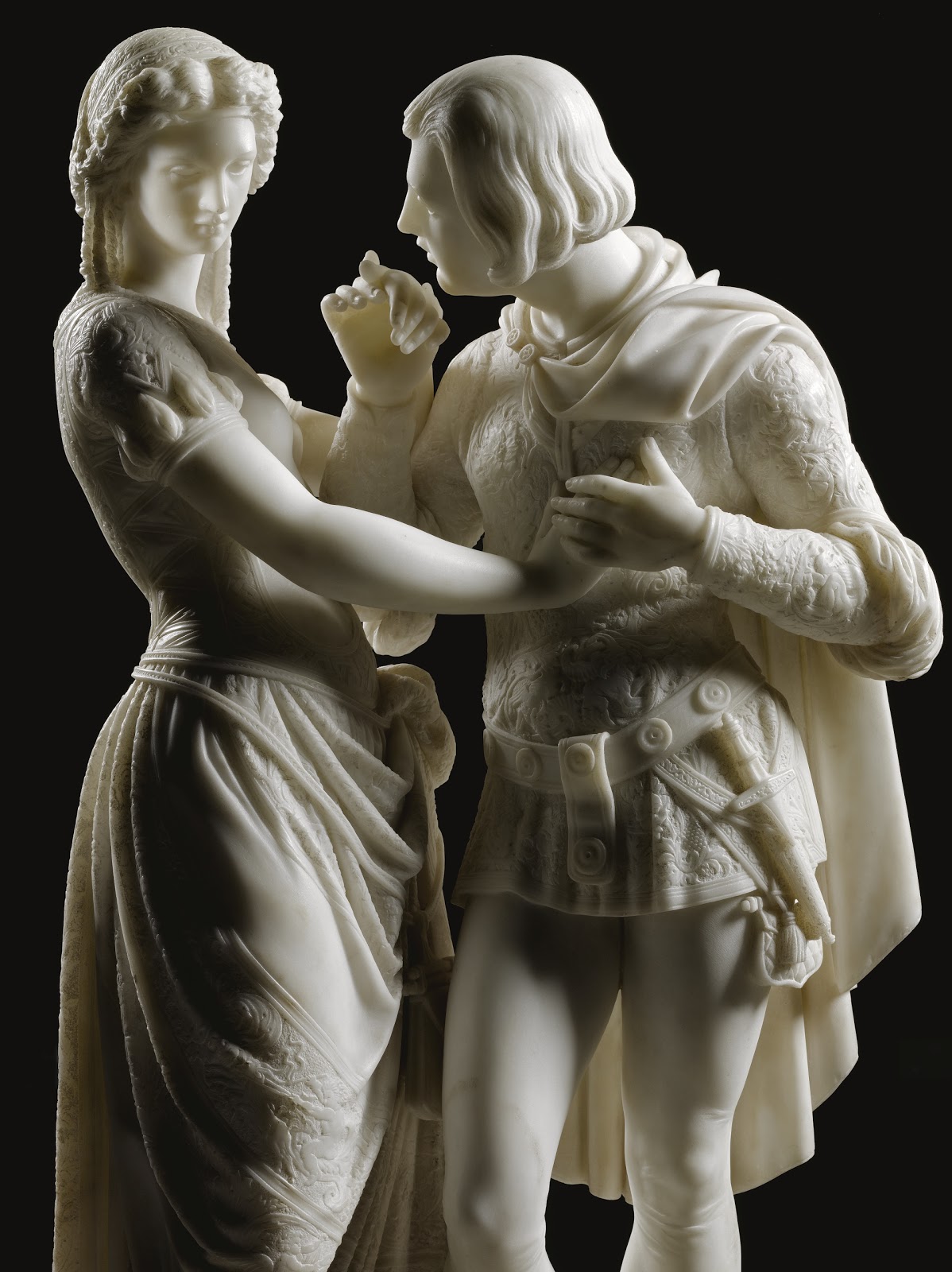Tracey Harris is a Contemporary Realist painter specializing in figurative and still life oil paintings. She is an award winning artist who's artworks are collected nationally and internationally.
Education:
1995 - Goldsmiths’ College, University of London, England;
1992 - Kansas City Art Institute, Kansas City, Missouri.
Experience: - Tracey Harris is an emerging artist specializing in contemporary representational painting. She has exhibited internationally and nationally winning numerous awards.
At a recent solo exhibition an art dealer, Timothy Ward, of Ward and Ward, wrote of Harris’ work: “Few modern paintings effectively pay homage to traditional aesthetic choices such as chiaroscuro.







.jpg)
